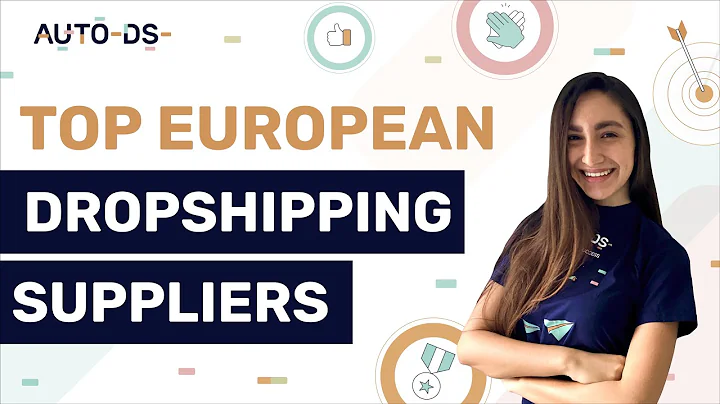Building Shopify Apps with Speed
Table of Contents:
- Introduction
- The Importance of Shopify Apps
- Getting Started with Shopify CLI and Polaris
3.1. Installing Shopify CLI
3.2. Setting up Polaris
- Building a Product Tagger App
4.1. Defining Product Tags
4.2. Scanning Product Descriptions
4.3. Applying Product Tags
- Introducing Gadget: Backend Platform for Shopify Apps
5.1. Benefits of Using Gadget
5.2. Creating a Gadget Account
- Creating a Shopify App with Gadget
6.1. Creating a New App on Shopify Partners Dashboard
6.2. Connecting Gadget with Shopify
6.3. Configuring API Credentials
6.4. Setting App Scopes
- Setting Up the App URLs and Redirection
7.1. Defining the App URL
7.2. Configuring the Redirection URL
- Testing the App on a Development Store
8.1. Authorizing the App on the Development Store
8.2. Fixing Web Hook Issues
- Building the Backend Structure
9.1. Creating a Data Model
9.2. Adding Fields to the Data Model
9.3. Inserting Data into the Model
- Scanning Product Descriptions and Creating Tags
10.1. Writing JavaScript Code to Scan Descriptions
10.2. Setting up Code for Product Updates
- Testing the App: Creating a New Product
11.1. Adding Title and Description to the Product
11.2. Verifying the Tags Created
- Conclusion
Building a Shopify App with Shopify CLI and Gadget
In this article, we will explore the process of building a Shopify app using Shopify CLI and Gadget. Shopify apps play a vital role in enhancing the functionality and user experience of Shopify stores. By creating a Shopify app, you can offer unique features and solutions to Shopify merchants.
To get started, we will first dive into the installation and setup of Shopify CLI and Polaris. These tools provide a streamlined development environment and a robust design system for building Shopify apps.
Once we have the necessary tools in place, we will proceed with the development of a product tagger app. This app allows merchants to define their own tags and automatically applies them based on the words present in the product description. We'll cover the process of defining product tags, scanning product descriptions, and applying the relevant tags.
In the next section, we will introduce Gadget, a powerful backend platform for Shopify apps. Gadget takes care of backend hosting, synchronization with Shopify, and authorization, allowing developers to focus on app functionality. We'll discuss the benefits of using Gadget and guide you through the process of creating a Gadget account.
With Gadget in place, we will continue with the creation of a Shopify app. We'll start by creating a new app on the Shopify Partners dashboard and then connect it with Gadget. You'll learn how to configure API credentials and set up the required app scopes.
Next, we'll set up the necessary URLs for the app and configure the redirection URL. This will enable seamless navigation and authentication between Shopify and the app.
To ensure everything is working as expected, we'll test the app on a development store. We'll guide you through the process of authorizing the app on the development store and resolving any webhook issues that may arise.
Moving forward, we'll delve into building the backend structure for the app. We'll create a data model to store the allowed tags and add relevant fields to it. You'll also learn how to insert data into the model using GraphQL mutations.
Now comes the exciting part – scanning product descriptions and creating tags. We'll write JavaScript code that will be executed whenever a new product is created or its description is updated. This code will scan the description and apply the appropriate tags based on predefined criteria.
To ensure our app is functioning correctly, we'll test it by creating a new product. We'll add a title and description to the product and verify if the tags have been created successfully.
In conclusion, building a Shopify app using Shopify CLI and Gadget offers developers a streamlined and efficient development process. By following the steps outlined in this article, you can create a powerful Shopify app that enhances the functionality of Shopify stores and provides exceptional value to merchants.
Highlights:
- Learn how to build a Shopify app using Shopify CLI and Gadget.
- Streamline your development process with the installation and setup of Shopify CLI and Polaris.
- Create a product tagger app that automates the tagging process based on product descriptions.
- Harness the power of Gadget as a backend platform for your Shopify app.
- Follow step-by-step instructions to create a Shopify app and set up API credentials.
- Test and debug your app on a development store to ensure its functionality.
- Build a robust backend structure to store and manage data within your app.
- Implement JavaScript code to scan product descriptions and apply relevant tags.
- Verify the effectiveness of your app by creating and testing a new product.
FAQ:
Q: Can I use Shopify CLI and Polaris to build any type of Shopify app?
A: Yes, Shopify CLI and Polaris provide a flexible framework that can be used to build various types of Shopify apps, including product taggers, inventory managers, and customer engagement tools.
Q: What are the benefits of using Gadget for my Shopify app?
A: Gadget takes care of backend hosting, synchronization with Shopify, and authorization, allowing developers to focus on the core functionality of their app. It saves time and reduces the complexity of backend management.
Q: Can I test my app on a development store before launching it on a live store?
A: Yes, Shopify provides a development store environment where you can test and debug your app. This ensures that your app functions correctly and meets the requirements of merchants.
Q: Can I extend the functionality of my app in the future?
A: Yes, Shopify apps can be continuously improved and expanded. By utilizing the power of Shopify CLI and Gadget, you can easily enhance your app with new features and functionalities to meet the evolving needs of merchants.






















